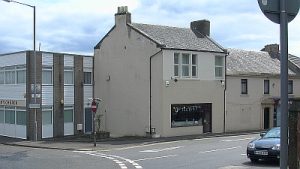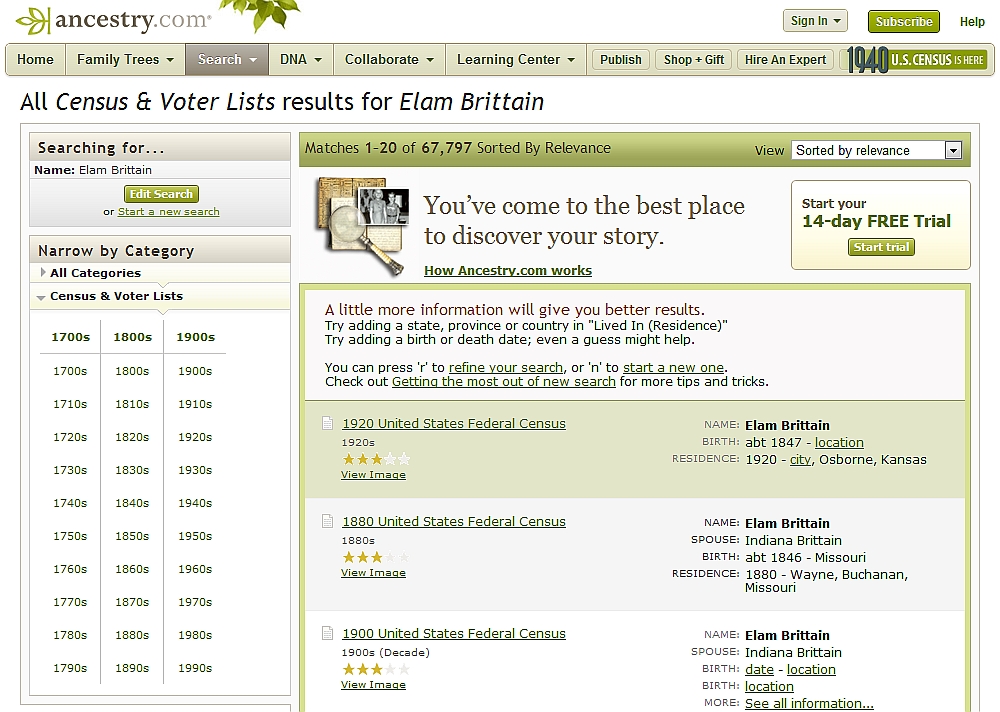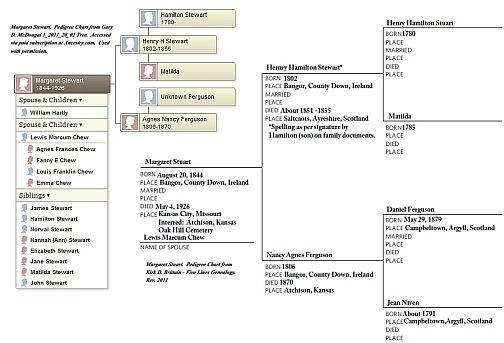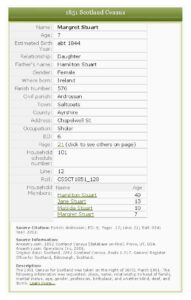So, now what do we do? We have conducted research using family documents and public records; we have collaborated with family, relatives and other people online. Some people are happy just to have documented their lineage. Others like to include stories and some include pictures of the people or places they are writing about.

The old house and store on Chapelwell in Saltcoats, Ayreshire, Scotland
The way that is happening is changing. Now days, we see blogs, such as this one, educating newcomers and publishing stories or family histories. They include photos, whether scanned or digital born, and are integrated into these blogs to illustrate the stories as shown with the example of our great grandmother’s childhood home in Saltcoats, Scotland.
Other examples include the use of Flickr’s interactive slide shows. The Ancestry Tour is a good example.
While it has been an interest among many genealogists and family historians to travel to the places where their ancestors lived there is a new trend emerging for people with an interest in genealogy and family history. The travel industry and genealogical researchers have teamed up to offer travel, research and meet/stay with your relatives (whom you have never met) travel packages. While we have seen these services advertised in the United Kingdom, we have not heard whether or not they are having success. As for us, we chose a simpler option. We knew the names and locations of our ancestors and simply chose to walk where they lived. You can view our YouTube video series titled “Walking Where They Lived” by using the link below.
Walking Where They Lived: Saltcoats
Genealogy is being taken up by the online generation and the trend is social oriented with Facebook pages, Twitter feeds and Pinterest Boards just to name a few. Whether you’re a professional genealogist, or an enthusiast looking to tell your family’s story, we hope this project has successfully demonstrated some of the applications of social media in the genealogy arena.



